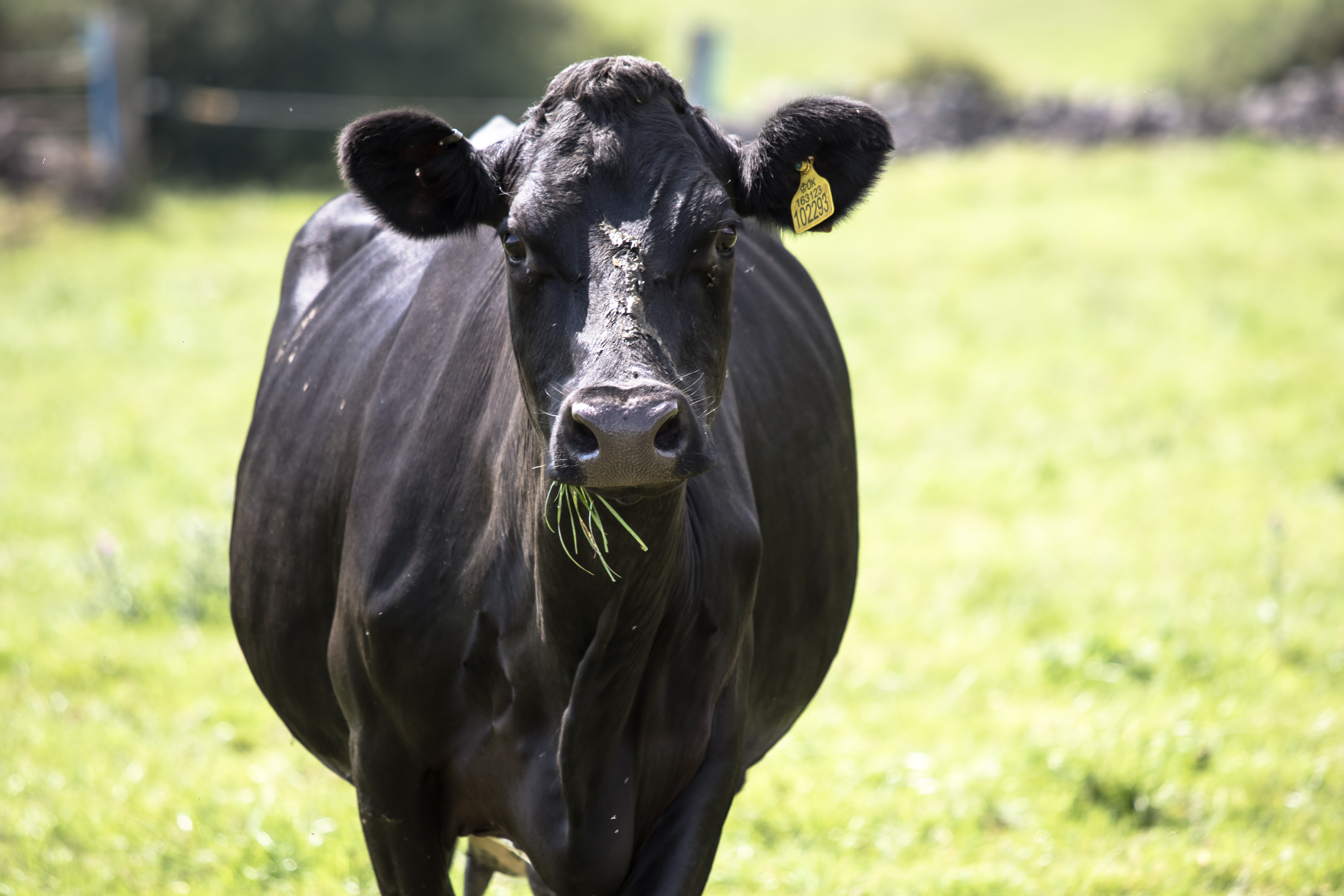- Home
- Knowledge library
- Time to build cover and review performance
Time to build cover and review performance
August’s extreme weather has left some farms nicely building Average Farm Cover (AFC) for their last round, while others are struggling to grow grass. But whatever your situation, try and have as many grazing days as possible this autumn to save on winter housing and feed costs, says LIC consultant, Bess Jowsey.
“It’s a key driver for the last grazing round: trying to keep quality grazed grass as a high proportion of the diet. Work out how much grass you need to grow in the next 4–6 weeks to achieve AFC target and continue trying to build cover by manipulating demand, putting supplementary feed in, or dropping demand off the milking platform by getting rid of culls,” she explains.
Bess reminds farms starting their last rotation in the next fortnight to use techniques such as on-off grazing to cope where conditions are challenging. She says the goal is to be on a slow round on the final one: “This means 45 days for autumn block herds, which is loosely set around housing before mating, to allow cows to settle into winter routine. The spring-block round length of 60 days should keep cows out by day well into November.”
It’s also important to clear paddocks now by getting a good residual to minimise dead material at the bottom of the sward and reduce spoilage. This is where allocation is very important, together with balancing supplement inputs. While it’s possible to mow between now and the last rotation to correct a poor residual, if done too late, it risks soil compaction,’’ she warns.
Grass will reset itself through winter: “If you have areas of rejection around dung patches, cows will graze across them next spring. Winter fixes your problems and erases your mistakes of the last season. The main risk of spoilage is on paddocks grazed at the start of the last round that will carry a heavier cover through winter.”
After another extreme weather year, it’s a good time to review grazing performance. Identify which paddocks coped with the drought, those that didn’t produce well, and the go-to paddocks in wet conditions. “Look at soil sampling from October and whether lime is needed, or if you are short of K and should target a bit of extra slurry on the last round. Paddocks that are a potential for a spring reseed can be grazed strategically, as sacrifice paddocks, in late autumn or early spring,” says Bess.
She adds that it can be difficult to compare grass yields year-on-year when conditions have proved challenging. However, use this year’s measurements to work out an average for your milking platform, then look at management on those paddocks growing above-average yields. “Repeat that management on the other paddocks. Ask why paddocks are underperforming. It may be due to soil conditions, organic matter, or grass variety. See reseeding as only part of the solution – if you don’t address the root of the problem a reseed won’t be cost-effective long term.”


